
Stephen Powers
Born in 1968, Stephen Powers began his career as ESPO at the age of sixteen. Based in New York since 1994, he has engaged in various work including the publication of On The Go Magazine. Transitioning to focus on his role as an artist in 1999, he participated in prominent events such as the Venice and Liverpool Biennales. His artwork has been showcased in numerous galleries and art museums worldwide, featuring a solo exhibition title, “TODAY IS ALREADY TOMORROW” (GALLERY TARGET, Tokyo, 2014). Notably, his “LOVE LETTER TO THE CITY”, mural project, involving writing love letters, spanned twelve cities globally, from Tokyo and Sao Paulo to South Africa. In addition to managing ESPO’S ART WORLD in Brooklyn and opened ESPOKYO in Harajuku in June 2023.
In part one, ESPO shared a myriad of current thoughts and feelings, offering a glimpse into his mind. With his soft, curly hair reminiscent of Eraserhead, the depth of his reflections became apparent. He seemed to process information at an extraordinary speed, incomparable to that of any ordinary person. Although I had initially intended to inquire about the creation of ESPOKYO as a way of easing into the topic, he delved into topics such as the impact of his first visit to Japan, the origin of his artwork, the story behind the logo on his polo shirt, and even spoke on the feelings of Neanderthals… The spectacle that unfolded was dazzling, like a lightbulb flashing before my eyes.
Part one of the interview provided insights into his mindset that extends beyond conventional boundaries of time and space, revealing the conviction and spirit behind his gentle demeanor. The more I listened to him, the more intrigued I became. If he were my school teacher, I would surely have been motivated to study more. Encouraged by his generosity, I seized the opportunity to dive deeper into his thoughts in part two.
“I started graffiti at sixteen but seriously considered art as a career at age thirty”
–– What is the difference between graffiti and art?
ESPO: When I was doing graffiti, I was limited to drawing the name ESPO. That was enough. Nothing more, nothing less. Throughout my years in graffiti, I explored every possibility within the confines of that single word. But one day, an opportunity for change presented itself. I came up with the wildly innovative idea of crafting each word from an entirely different one. As an artist, I have an appreciation for all words, including those yet to be conceived. Simply put, ESPO is just a name.
Some artists are able to draw the same words over and over again. I understand that repetition can eventually lead to a unique and captivating form of expression. And while I believe the importance of that approach and do contemplate taking part in such endeavors at times, it feels more akin to a signature, and it’s not the path I wish to pursue. The constant risk of being caught had also grown tiring.
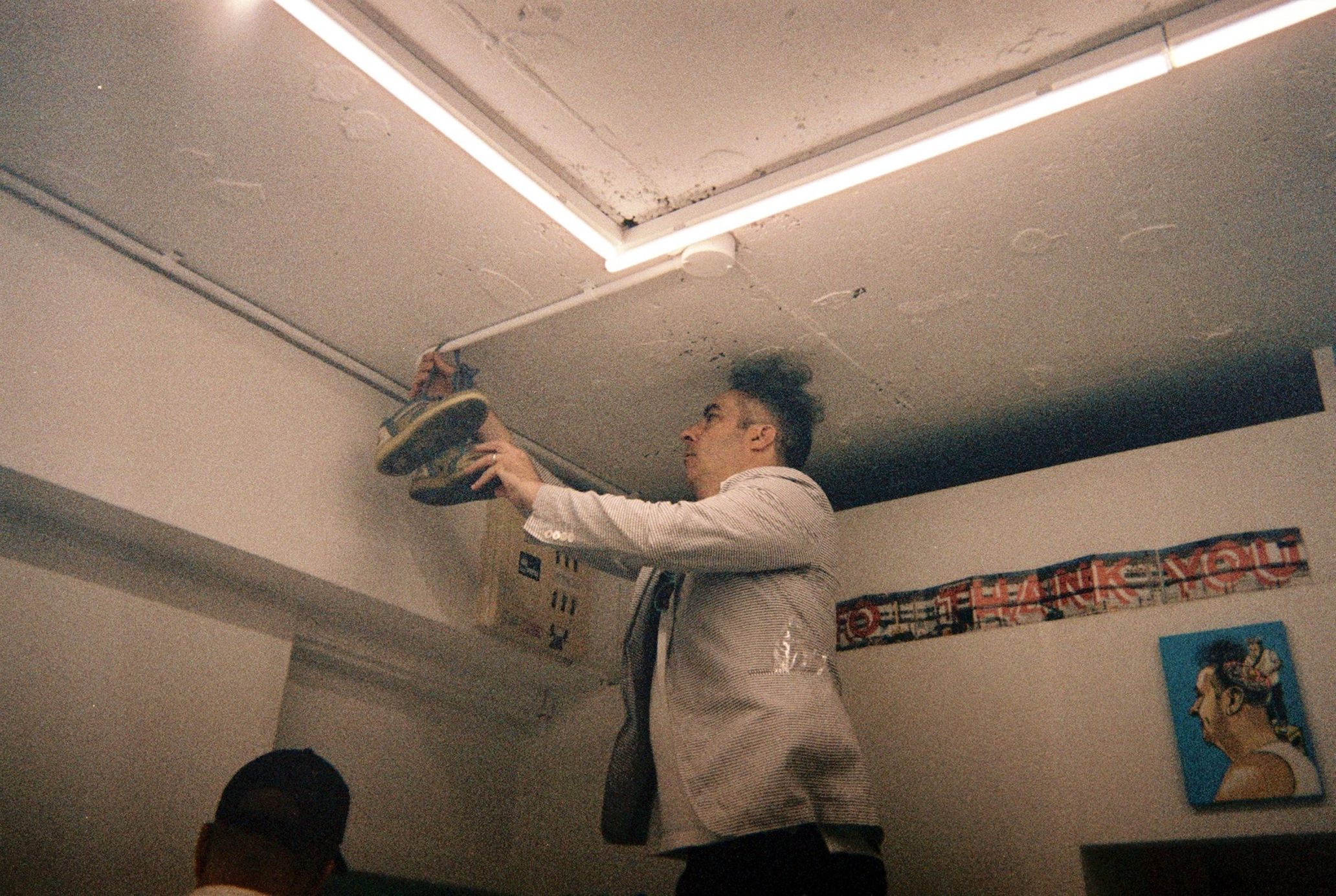
–– Among the various graffiti styles, which one is your favorite?
ESPO: Hold on, obviously I like tags the most. I am from Philly, afterall. Tags are the coolest in my opinion. It’s like a one-sentence biography. You can express yourself in just one line – a tag is a culmination of all our experiences, the hard work we’ve put in, and the occasional burst of playfulness. You can really get a sense of a person by looking at their tag.
— Why haven’t you integrated your graffiti style into your other artwork?
ESPO: OK, listen. I started making art with the likes of Todd James and Barry McGee. They successfully transitioned their graffiti into their art, but I just couldn’t do it! I realized that no matter how hard I tried to emulate them, I’d always be second-best, and that would only lead to misery… as some artist wisely put it.
I started graffiti at sixteen but seriously considered art as a career at age thirty, no, thirty-one. I felt compelled to turn the page and explore something new and unfamiliar. I can proudly say that I’ve experienced almost everything the graffiti world has to offer. I never wanted to be a toy. You know what I mean by that, right? I think that was the starting point of my life as an artist. I discarded the baggage from my old life and started anew, empty-handed.
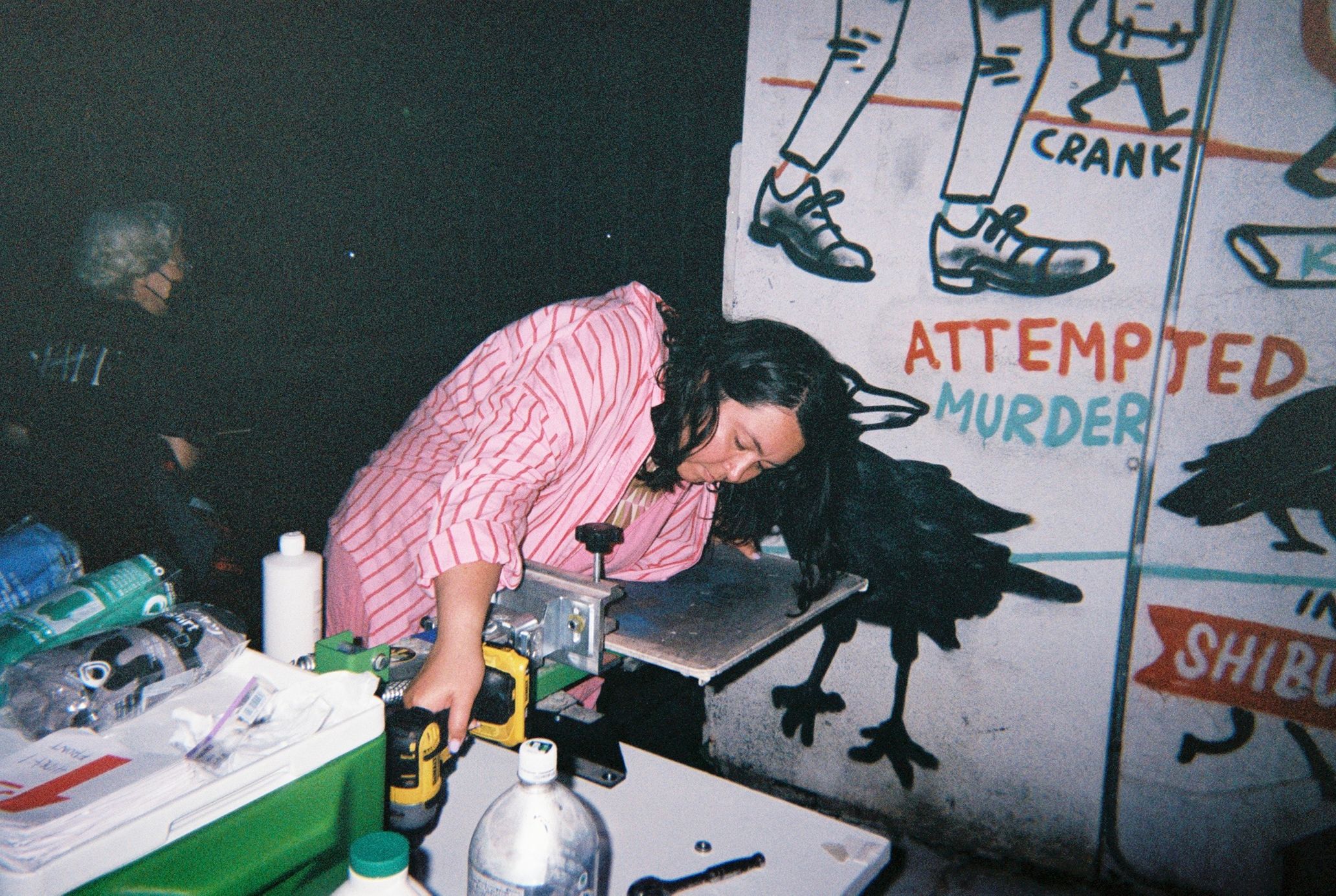
–– Can you elaborate on what specifically happened when you were thirty?
ESPO: A pivotal moment around that time was the creation of THE ART OF GETTING OVER. In my quest for a better graffiti book, I saw an opportunity to contribute something unique. A changeup, haha. Typically, one might think, “Since the first book was a hit, I can churn out ten more”, riding the momentum. But I have a brother-in-law who is a very successful artist. He taught me that after finding success in one endeavor, it’s essential to venture into something new. He would always say, “don’t repeat yourself”, urging a constant challenge towards new pursuits. The key, he said, is to achieve initial success and then have the freedom to explore new realms. According to him, repeating the same success over and over leads to stagnation, leaving one trapped in a cycle of monotony and trauma. While it might be beneficial for galleries and followers, catering to market demands doesn’t necessarily align with the essence of art. I’m not sure how, but I always hear an inner voice pushing me to do something radically different. The voice says something along the lines of, “Embrace your role of an artist and seize the opportunity. You can think about the aftermath later”.
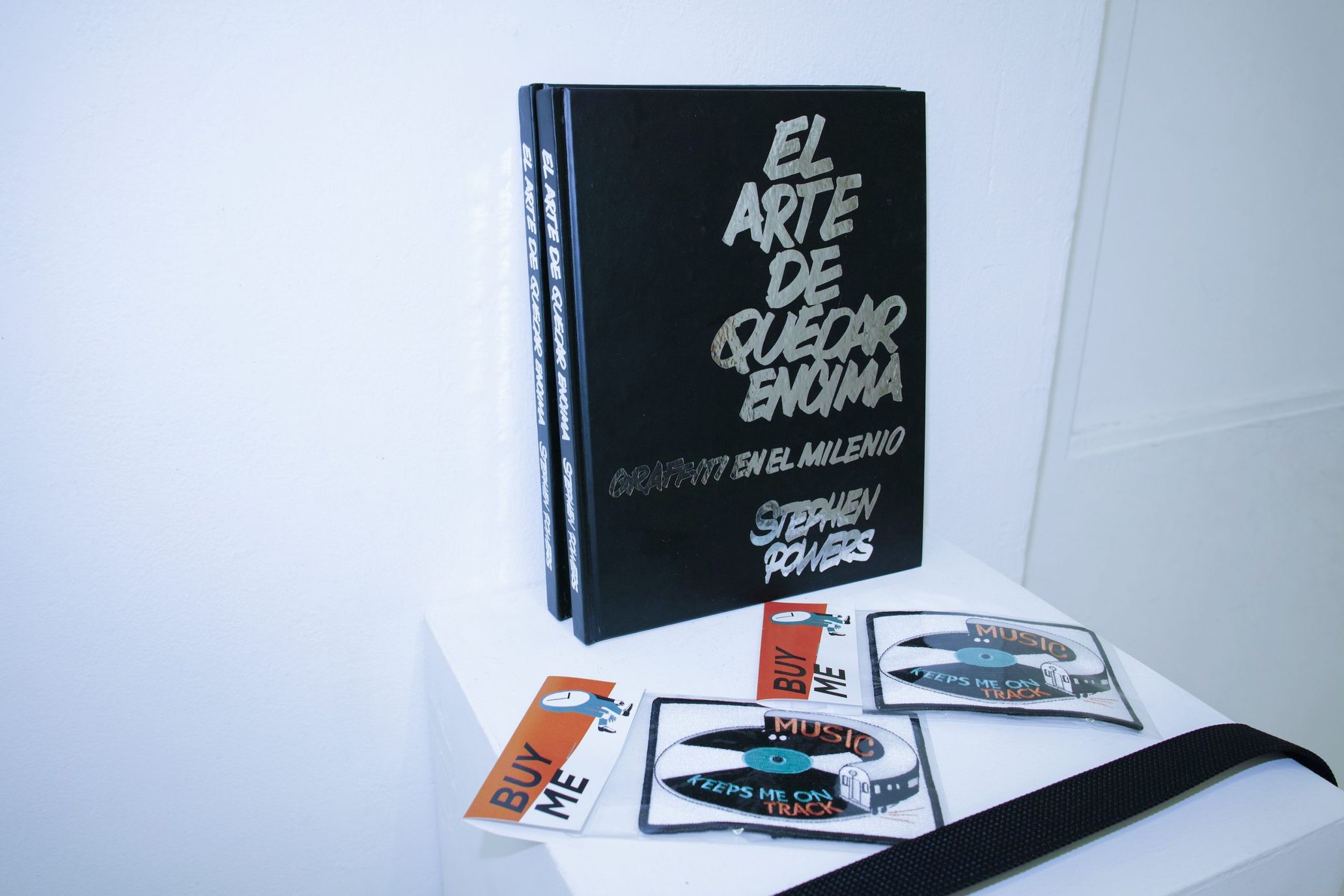
–– How do you describe yourself to someone meeting you for the first time?
ESPO: I’ve been making a conscious effort to refer to myself as ESPO more often since turning fifty, even in emails. I prefer to be called ESPO by someone unfamiliar with my history, or me, theirs. I may change my name again sometime, if I can… or I might have to. Managing multiple names is challenging… the Japanese paperwork, in particular, was quite an ordeal. I found myself contemplating, “Wait, should this be Steve? ESPO? Or Mark Surface (magazine editor)”. Mark Surface feels fitting. Stephen Powers is good, too, but ESPO is more than just a name – it’s an idea. It’s quick, concise, and easy.
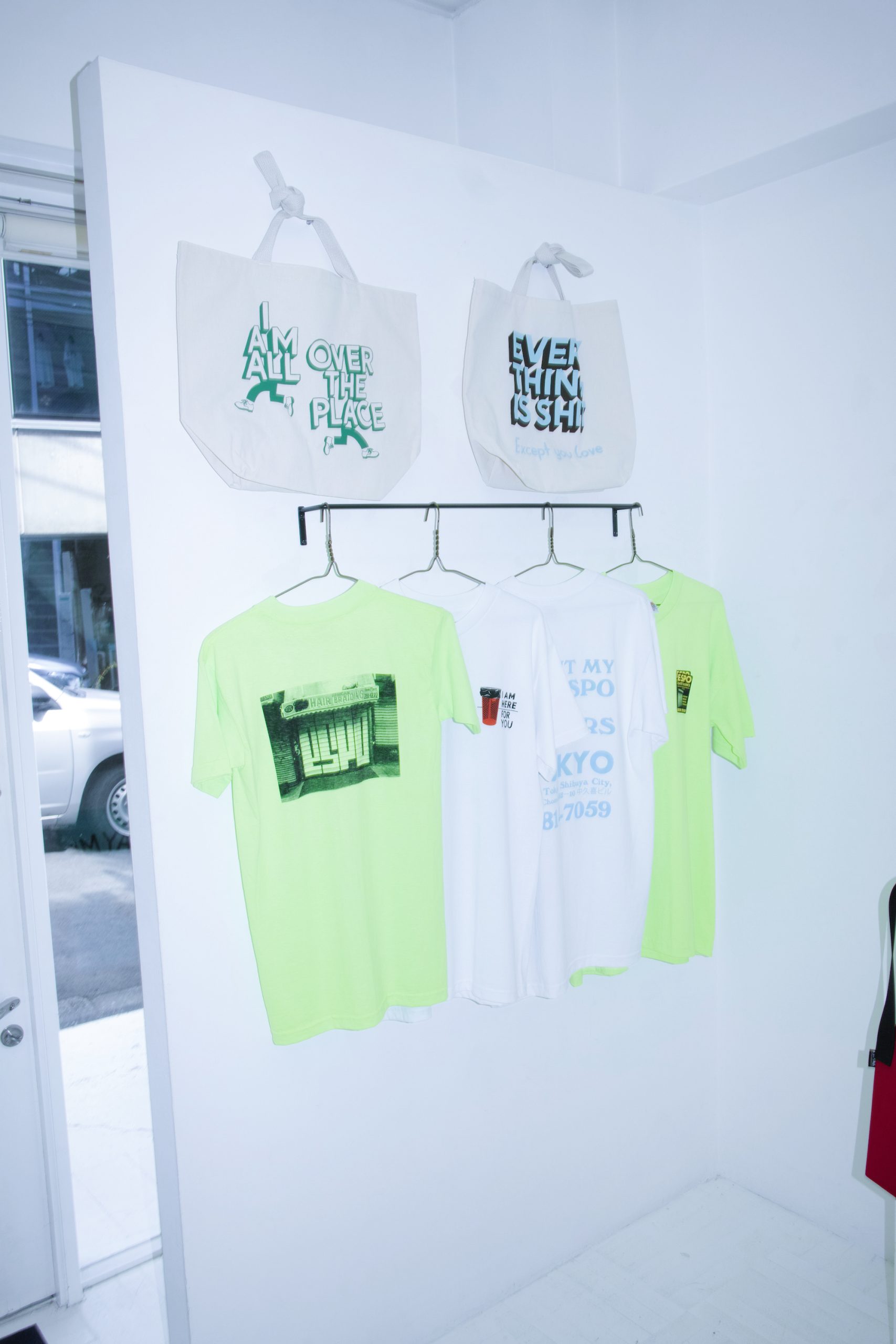
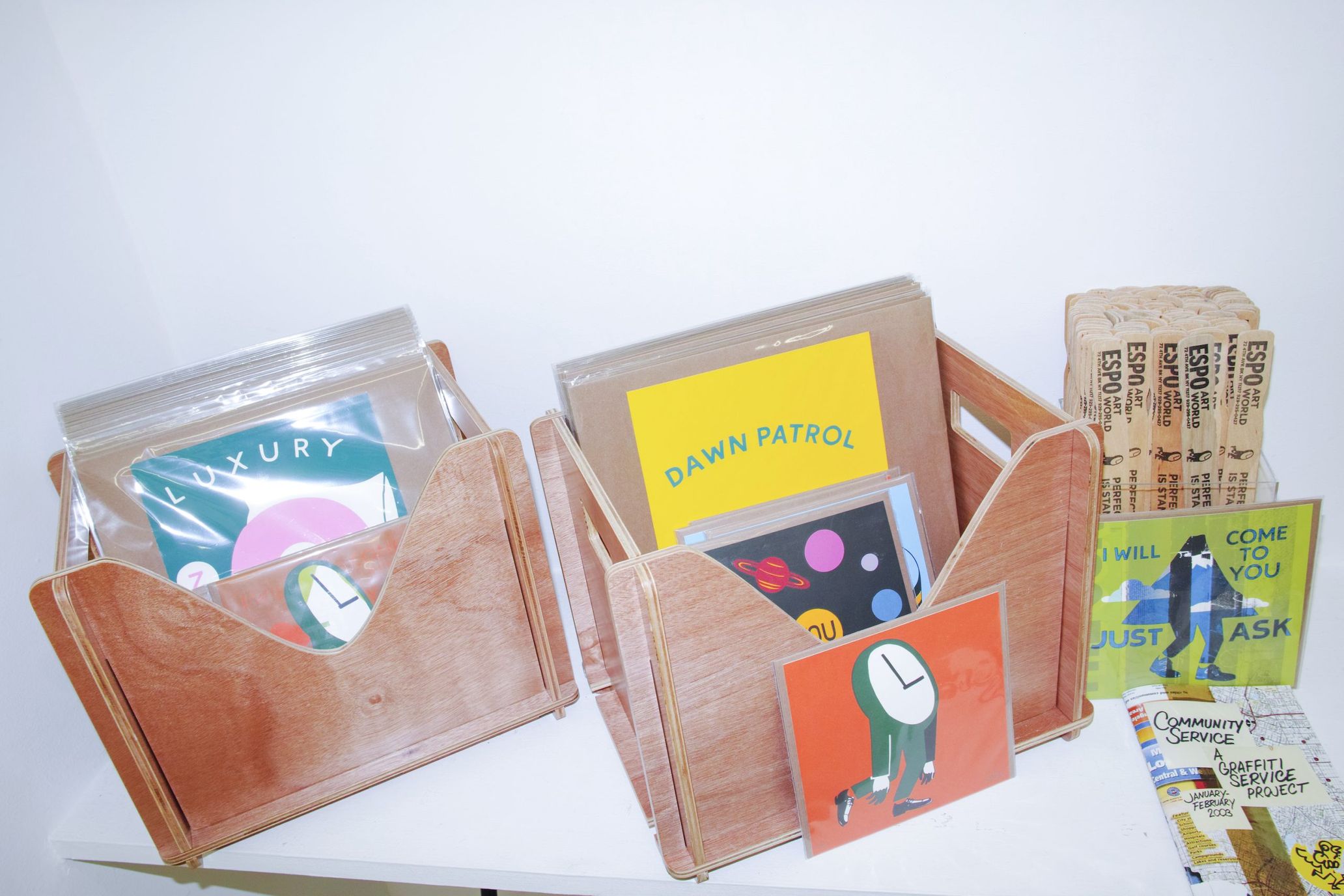
–– The term “artist” carries various connotations. Do you want to be called an artist?
ESPO: Yes, because that’s what I am. My passport, tax documents – they all state that I’ve been an artist since age thirty. But I’m still not the artist I envision myself to be. I want to become an artist soley recognized for my art. Maybe I should change my title to graphic designer if I want to get paid more, though. No one would complain if I started calling myself that, I think. But I’m still an artist. Even my son takes pride in my identity as an artist. Even my parents call me an artist now. They’re both mathematicians, which is the complete opposite of an artist. Growing up as one of six siblings, I was kept apart from the others, probably because they had low expectations for me. Once I started to become more well-known, my mother apologized to me insistently, saying, “I’m sorry for everything”. But it’s fine! I had gotten everything I needed.
–– Why don’t you wear sneakers?
ESPO: Well, that’s true. One reason is that I like the way regular shoes look. I’ve always worn sneakers, but the frustration of keeping them clean became overwhelming. I’ve worn at least a hundred pairs in my life, which is too many. To keep all of them clean would require an unimaginable amount of effort. Regular shoes, on the other hand, are already rated higher because they have replaceable soles. Even if they cost a couple hundred dollars, it’s way cheaper than a car. To me, and I believe to the public as well, shoes are cooler than sneakers. I think people like Larry David are the coolest, but most people walking around town resemble big babies nowadays – oversized infants that never grew up. That said, I do respect those who wear sneakers well with simplicity and perfection.
Now for a brief anecdote about my kindred spirit and assistant Mike: He’s a dedicated VANS wearer and a sneaker-head. I’m sure he’s encountered countless cool sneakers in his lifetime. But at forty-five, he only has two to three pairs, his white VANS being his go-to. They look very comfortable on him. The first time I met him, I shared a memory of meeting his Dad, a well-known TV anchor in Philadelphia back in the day. Everyone in my small town knew who he was. The first thing I said to Mike when I was ten-years-old was, “I’ve met your Dad!” which was initially met by doubt. Knowing it was true, I told him, “Then do you want to know what your Dad was wearing then?” to which he replied, “Go on. Tell me”. I specifically recalled that I knew he was wearing Adidas, but they weren’t the Superstars, or tennis shoes”. Acknowledging the accuracy, he replied, “Damn… You’re right, my Dad loves Adidas Countries”. What a fond memory.
This story, in other words, is how it should be. I don’t understand why people incessantly chase new sneakers. Once a new sneaker drops, they start chasing again, right? I’m not trying to dismiss that type of person. But personally, I like shoes. Shoes are great! They look good in photos, and I take pleasure in caring for them.
When I go back to New York, I entrust my shoes to a shop I frequent. It’s a painful and depressing expense, but when I get them back …. I can’t help but be elated. Not to mention the significant boost to my overall appearance. Sneakers get dirty, age, then wear out. But shoes, with proper care, only get better with time. When you take care of shoes, you take care of you.
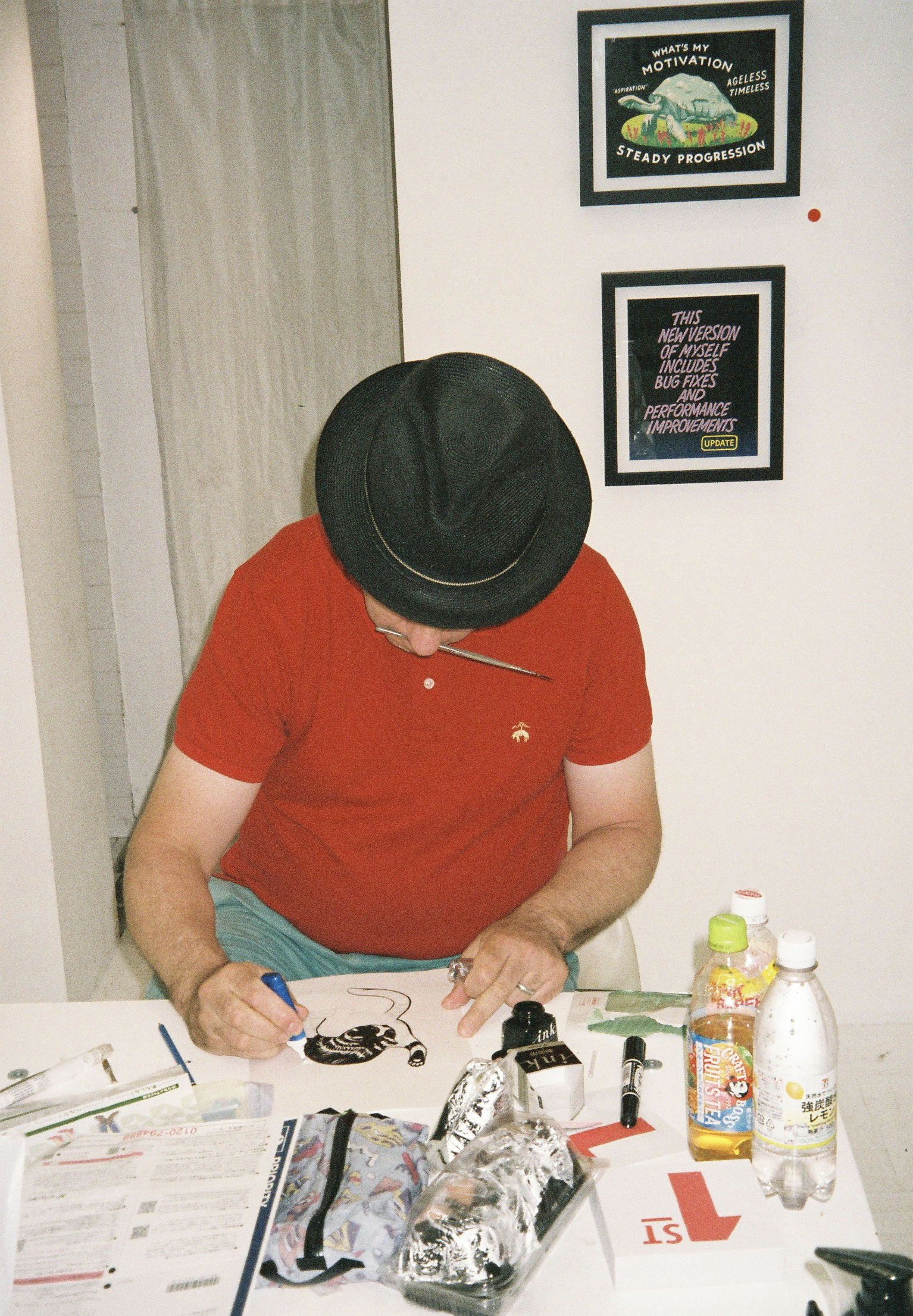
“We have the ability to create something out of nothing. AI can only imitate”
–– Your work features many memorable motifs. Why do you frequently depict pigeons?
ESPO: Pigeons can fly and travel great distances at a time. They live everywhere, and I like the fact that they’re monogamous. Pigeons, with their humble habit of feeding on the streets, seem indifferent to the presence of others. What I find fascinating is their knowledge of cities worldwide and their neighboring areas – it’s like they have the best books on the subject. On top of that, they’re messengers. In my drawings, the carrier pigeons convey a simple message: “holler back”, which is essentially just a response to my calls. If we revisit the distinction between graffiti and art, art is akin to a call. Ideally, I hope for a reaction. A negative response simply implies that the call wasn’t that good, while a better one elicits a more positive reaction. I suppose that’s it.

–– Just a hypothetical, but what if AIs begin having exhibitions? What does originality mean to you?
ESPO: AI lacks the capacity to comprehend the heart. If I wasn’t able to grasp the intricacies of the human heart, I couldn’t create work that moves people. While I can’t definitively rule out the possibility in the future, AIs currently aren’t able to register what we can. We, as creators, have the ability to create something out of nothing. AI can only imitate. However, there might be utility in AI for tasks like writing, considering humans hate reading. In that sense, AI may also serve as a useful tool for art, since humans lack understanding for art as well. Most people acquire a lot of things and admire works that aren’t that great. It seems like a win-win situation for me, because my role is to do thoughtful things for thoughtful people, and AI can’t interfere with that. Many artists have said that AI excels at producing shiny, superficial, hollow things. But it has a hard time expressing complex, emotional patterns.

–– So does originality stem from emotion?
ESPO: I think so. I also believe that my uniqueness is closely tied to experiences I’ve lived through. At times, I like to make things that don’t quite feel right, because life can sometimes feel a bit off. I can confidently say that nothing truly remarkable comes from copying something. That’s all!
–– Lastly, have you ever written a love letter to your wife?
ESPO: Of course! All the romantic pieces I’ve made have been for her. Oh, that reminds me… Have you seen the NY caricatures of Shakespeare and his wife? There’s a depiction of a cake on the table to celebrate his wife’s birthday, and she’s holding a piece of paper and saying, “Oh, another sonnet (a traditional European lyric poem consisting of fourteen lines, Shakespeare’s specialty)”. It’s so real. Sonnets were Shakespeare’s specialty and may have charmed many women, but to his wife, it was nothing special. She just wanted a dress or something.
If we include regular letters, I think I’ve sent her quite a lot. When we first met, I consistently sent her letters for six months while she was living in Scotland. While she reciprocated with romantic letters, my style was more about sharing day-to-day occurrences – things like, “this happened, and this happened”, “I went here today”, “I went to that party”, “I went to see that exhibit” – far from romantic, but I think those letters helped her somewhat, and brought us closer together. I may not have the desire to write all my personal thoughts down, but I’ll write anything to be closer to her. If you have a loved one, I highly recommend writing them love letters!
■ESPOKYO
Address:2-23-10 Jingumae Shibuya-ku, Tokyo, 1F
Time:12:00 〜20:00
Closed:Sundays, Mondays, Tuesdays
Official website:https://www.espokyo.jp/
Official Instagram:@espokyo
Photography Rei Amino(Portrait, Interview)、Claudia Heitner(Event)
